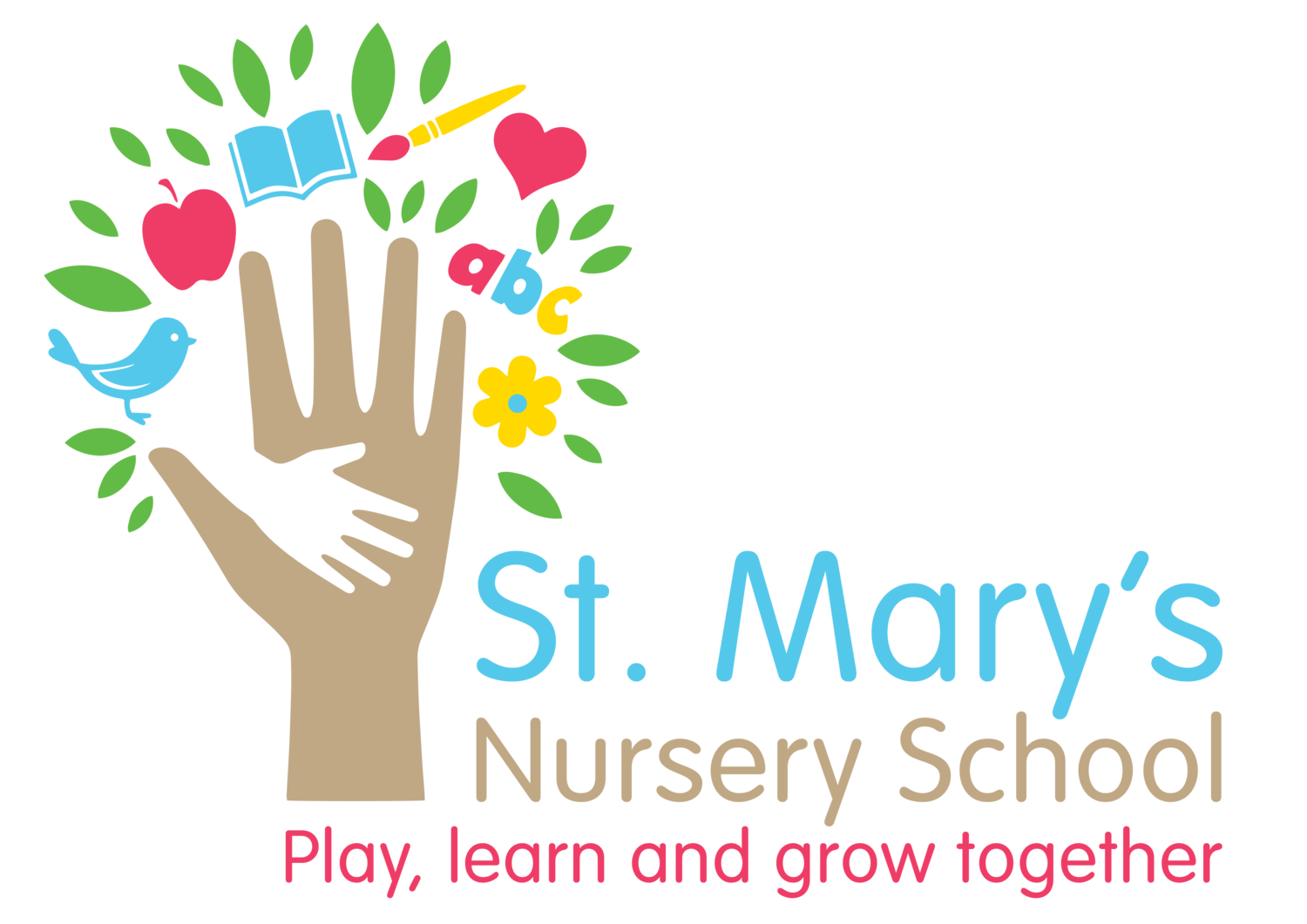Monday
Hallowe'en week at the nursery kicked off with an invasion of pumpkins! There were pumpkin costumes (which looked very fetching), and the children were able to explore the real thing - they used spoons and forks to dig into the flesh and scoop out the slippery seeds. They also used our magnifying bug jars to examine the different textures of the pumpkin more closely.
Tuesday
There were more fantastic costumes from staff and children today (including a visit from ET!). In keeping with our spooky theme, the children were playing with sensory slime bags filled with creepy crawlies and googly eyes. These are simple to make - mix water, cornflower and paint, then pour the mixture into a plastic sandwich bag and seal securely. The children love squishing them between their hands, and there's no mess to clean up afterwards! Elsewhere in the nursery, the children had another fantastic small world set-up, with toy animals in a landscape of grass, plants, bark and water.
Wednesday
We are celebrating Diwali all this week - in an activity inspired by henna-decorated hands, the children have been drawing around their own hands and decorating them with glitter, sequins and stickers. We also learned more about the festival of Diwali at story time. Outside, it was time for more gruesome messy play, as the children enjoyed the sensation of cooked spaghetti "worms" slithering through their fingers.
Thursday
We made the most of the mild weather today, with a water-play activity outside. Playing with water is a great way for the children to develop their fine motor skills and hand-eye coordination through actions like pouring, squirting, stirring and squeezing. It increases the children's ability to concentrate on one activity when presented as a tranquil and repetitive activity (scooping, pouring and running their hands through the water). Gentle water play also allows them to unwind, order their thoughts and relax.
Friday
We had a music and movement day at nursery, with the children enjoying a game of sleeping lions as well as a good old fashioned boogie. The week's Hallowe'en theme continued with the children making play dough monsters (there were some truly terrifying creations!) and watching a 'Room on the Broom' puppet show. We've had a lot of fun this week at nursery, and we hope your children have enjoyed all the spooky activities. Have a fantastic half term holiday and we'll see you soon!

















































